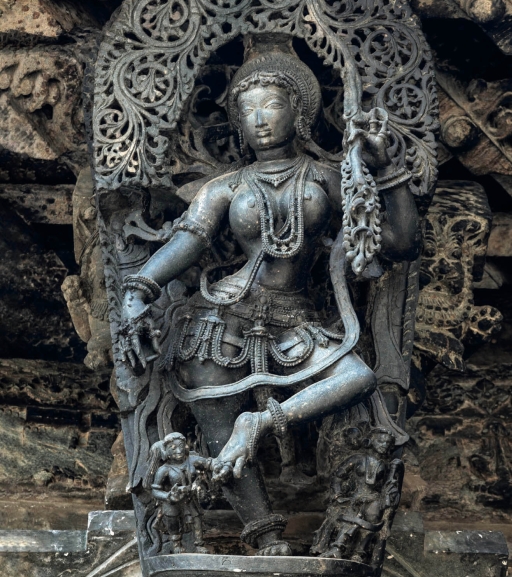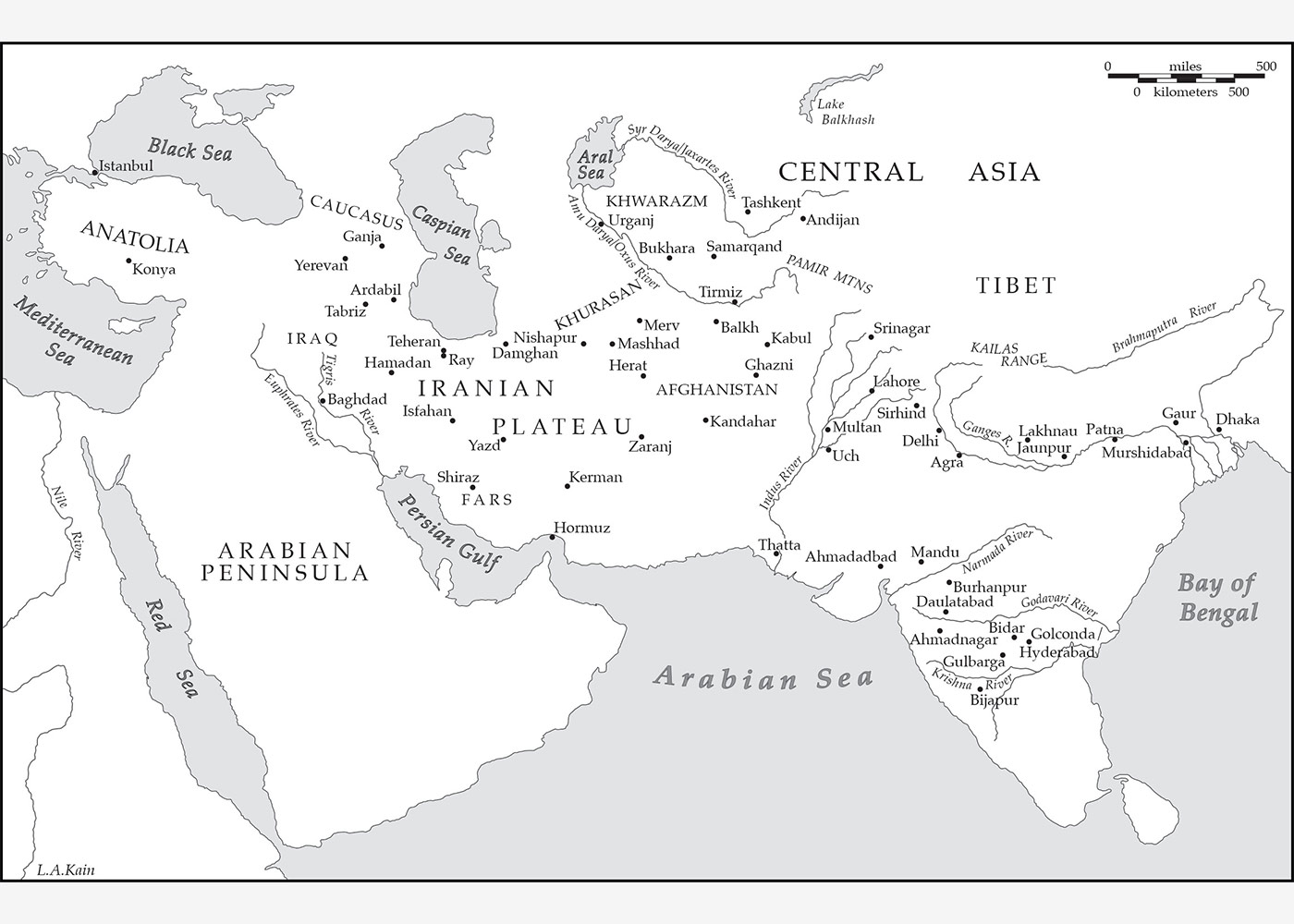The Persianate World: What is it? How did it appear? Why did it collapse?
11 June 2021
The Persianate world refers to the vast territory stretching from the Balkans to Bengal where, from the eleventh to the nineteenth century, normative Persian texts circulated through networks of royal courts, provincial notables, Sufi lodges, merchant communities and schools.
Courts across this world patronised Persian literature and used the language in their bureaucracies. The technology of paper-making also facilitated the rapid movement of Persian texts across space, while Firdausi’s epic Shah-nama (1010) connected widely scattered peoples of different ethnicities. Territorial conquests by Persianised Turks, followed by Mongol invasions that drove peoples of Central Asia into India, also expanded the geographical extent of the Persianate world.
By the fourteenth and fifteenth centuries, a political, aesthetic and moral order elaborated in a growing Persian canon had become associated with a prestigious, cosmopolitan style that was emulated and absorbed by widely scattered peoples of diverse ethnicities and religions. This was especially true for Indians, who assimilated Persianate architecture, art, urban design, music, cuisine, attire, numismatic traditions, etc. This talk elaborates on these themes, as well as the reasons for the Persianate world’s collapse and the recent revival of its study.
Watch the video below.
Speaker(s)

Richard M Eaton
Richard M Eaton is a Professor at the University of Arizona with a primary interest in the social and cultural history of pre-modern India (1000-1800). Most recently, he has pub... Read More


